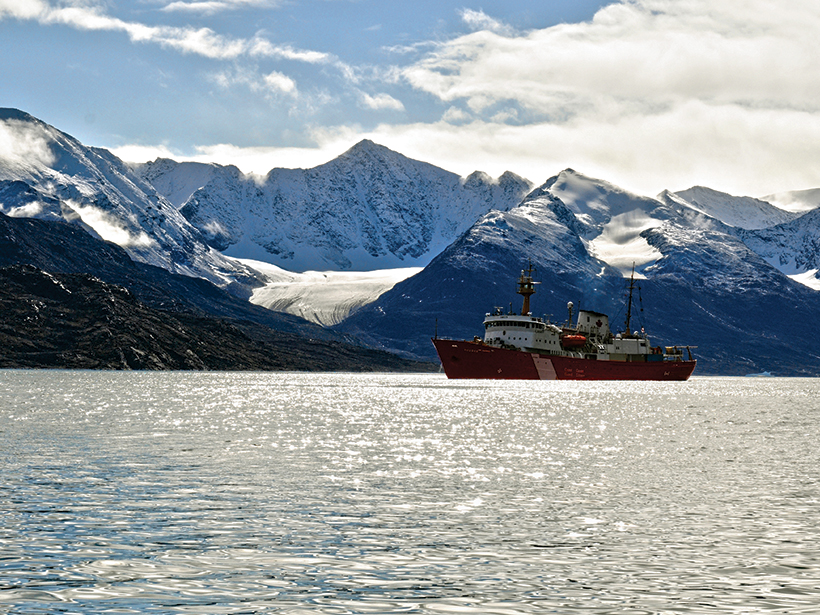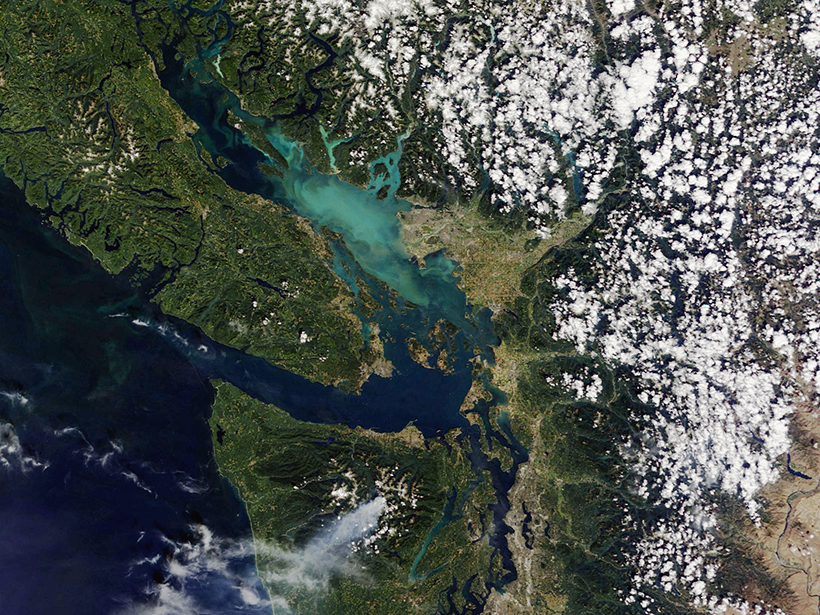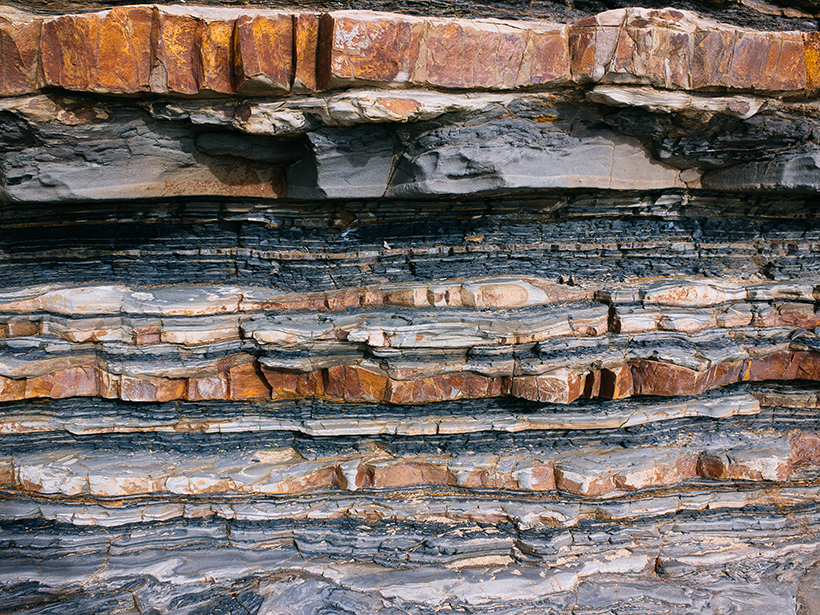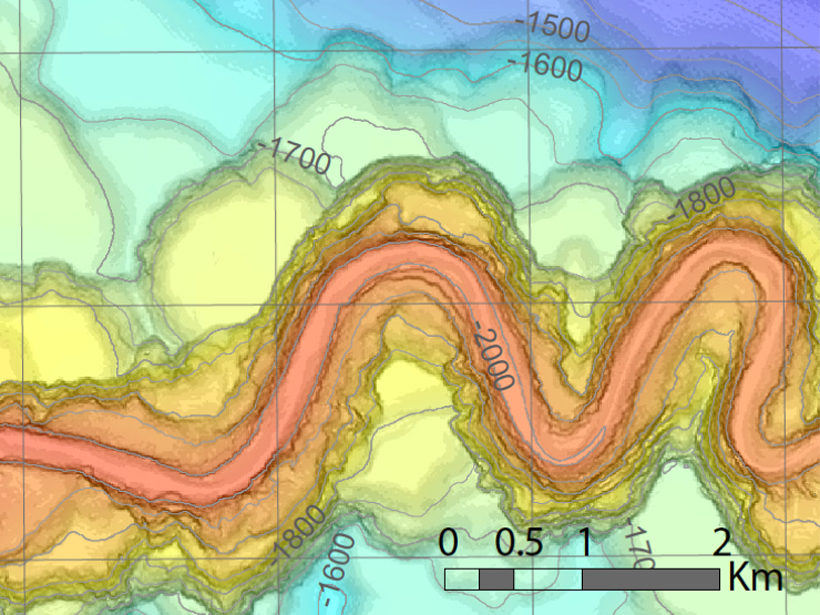High-resolution mapping efforts could improve predictions of coastal changes as glaciers shrink around the world.
turbidity & turbidites
Posted inFeatures
Mud on the Move
Powerful submarine flows known as turbidity currents are starting to give up their secrets.
Posted inResearch Spotlights
How Do Turbidity Currents Accelerate?
Flume experiments show that a self-reinforcing cycle can strengthen the currents responsible for transporting large amounts of sediment to the deep oceans.
Posted inResearch Spotlights
How Do Deep-Sea Gravity Currents Transport Sediment So Far?
The first field measurements of turbidity currents flowing around submarine channel bends indicate spiral flow plays a key role in keeping sediment suspended for hundreds of kilometers.
Posted inNews
Decades-Old Sediment Cores Complicate Cascadia Earthquake History
Scientists have long known that the Pacific Northwest is vulnerable to massive earthquakes, but newly unearthed data raises questions about the strength and frequency of these quakes.




